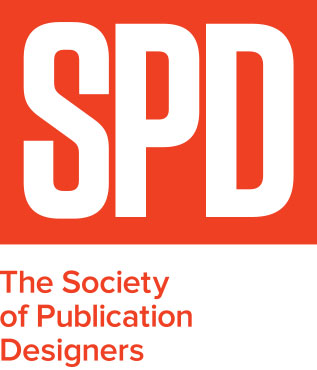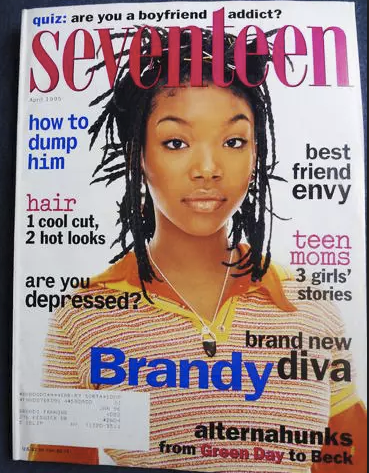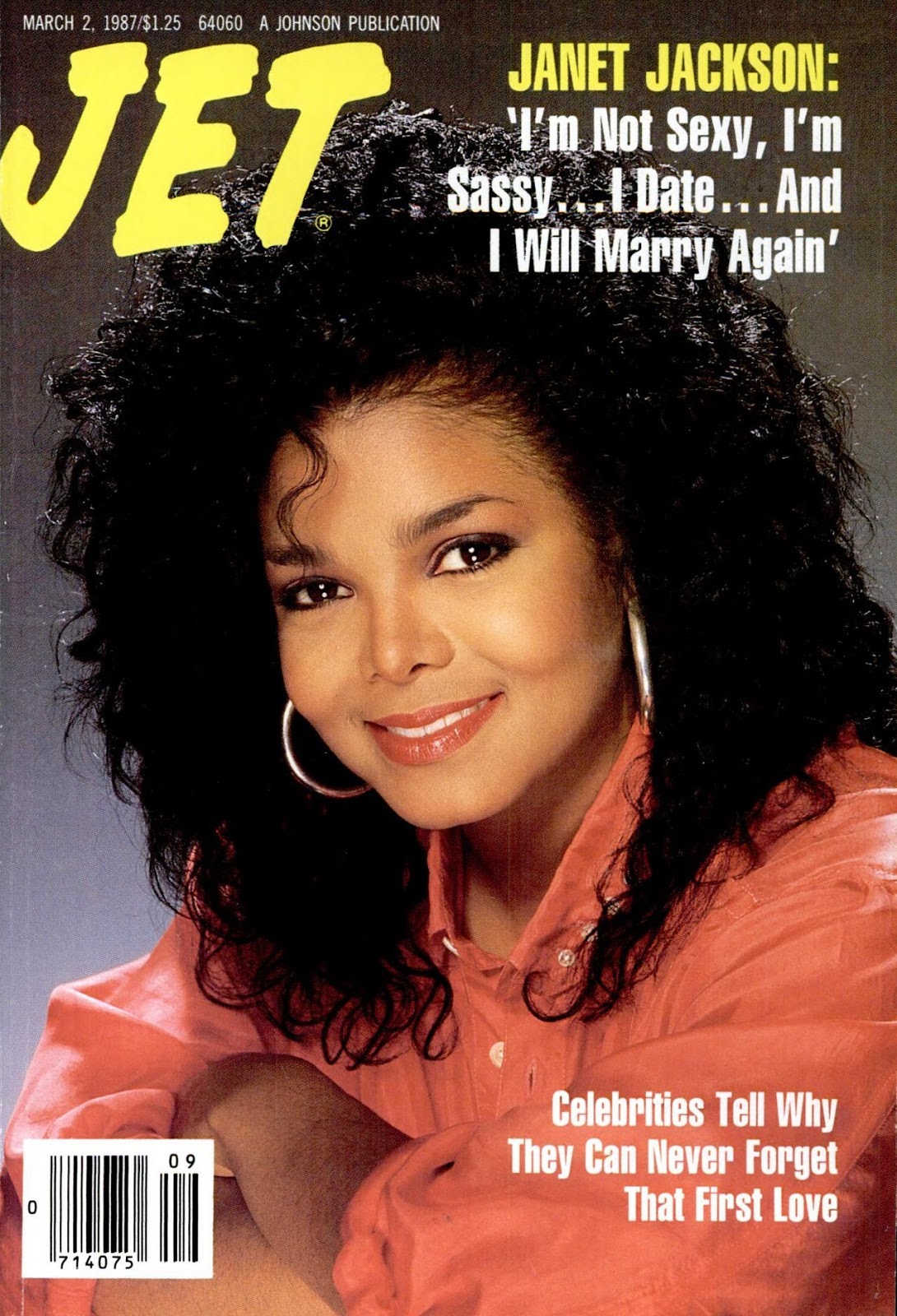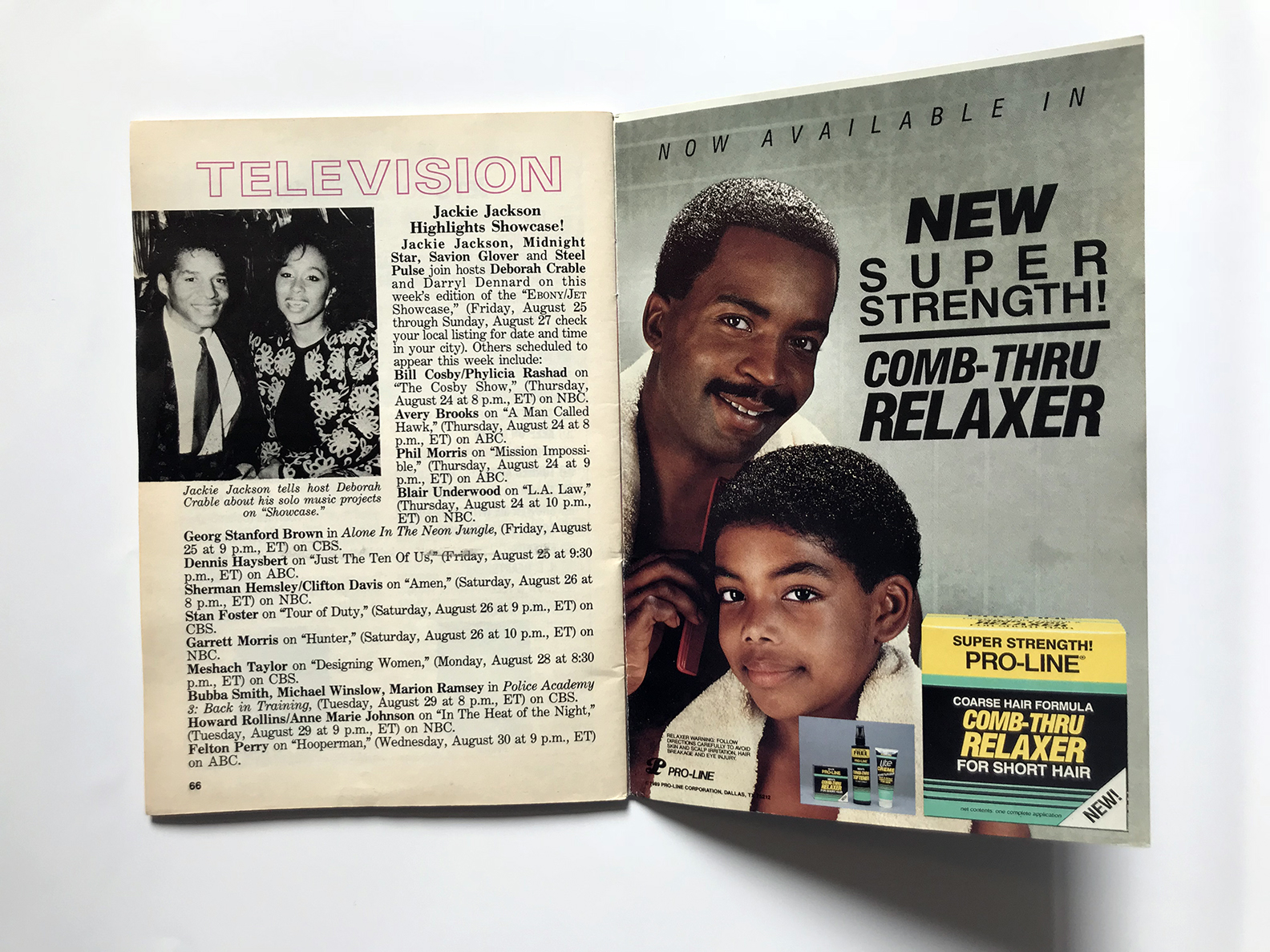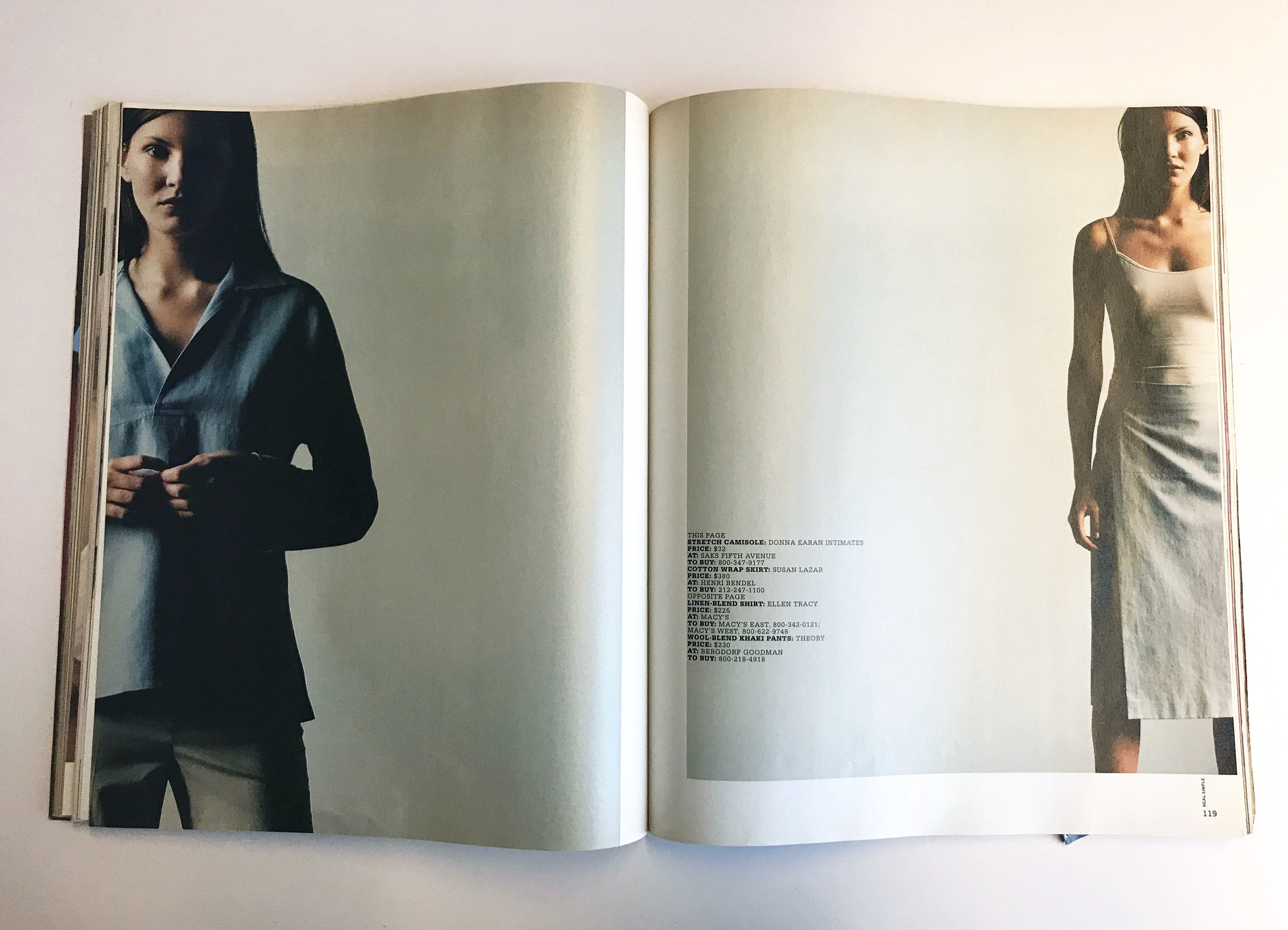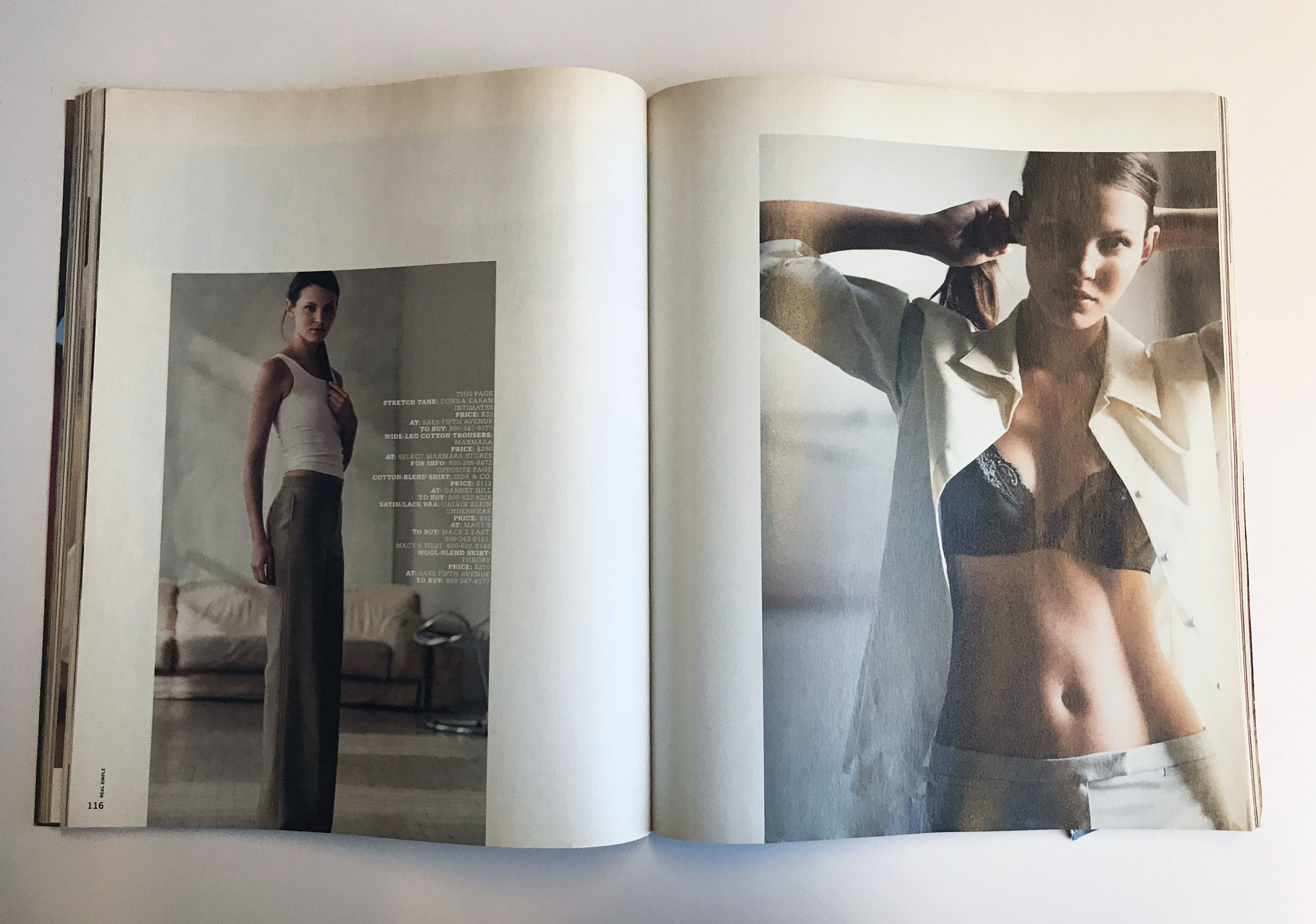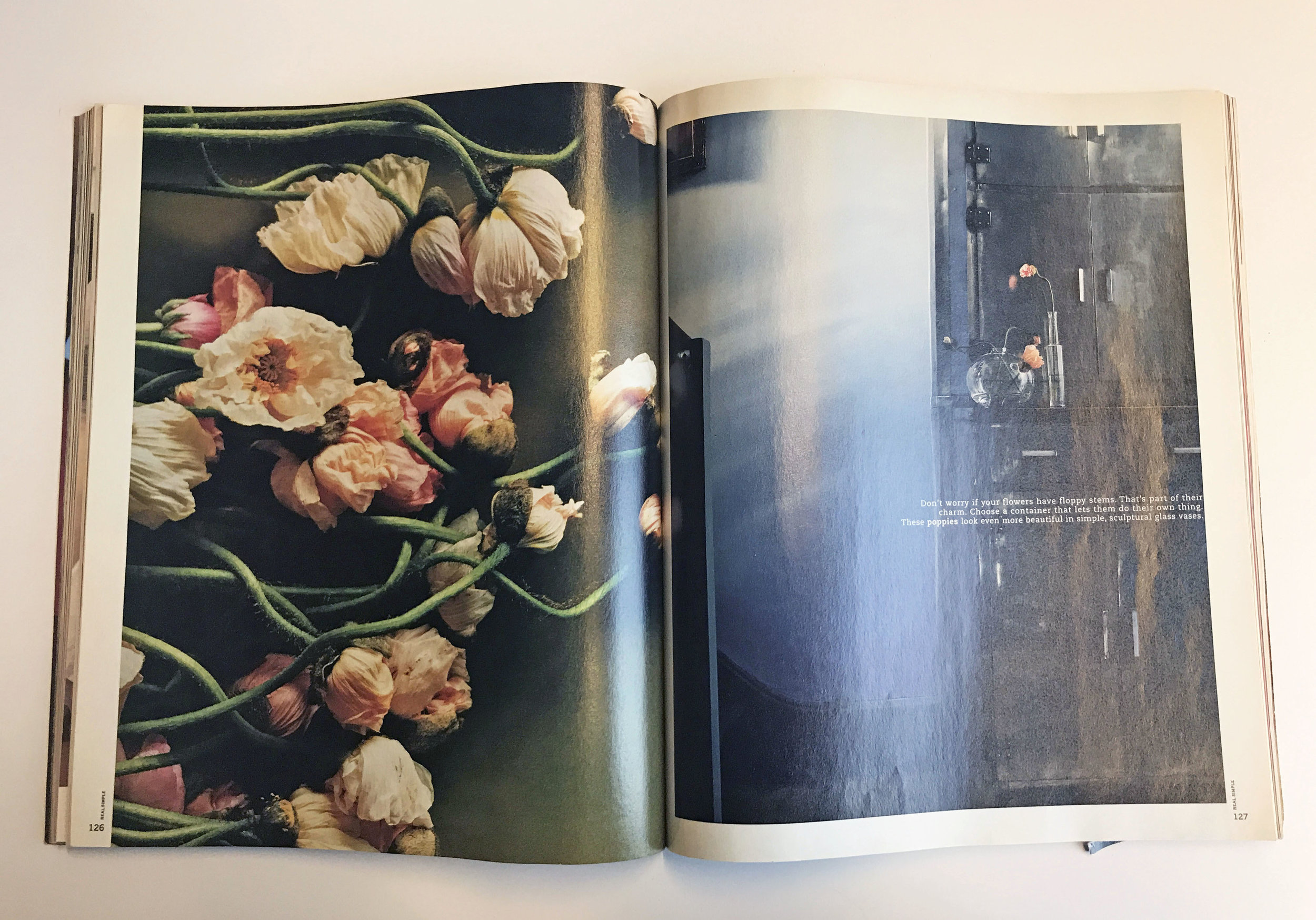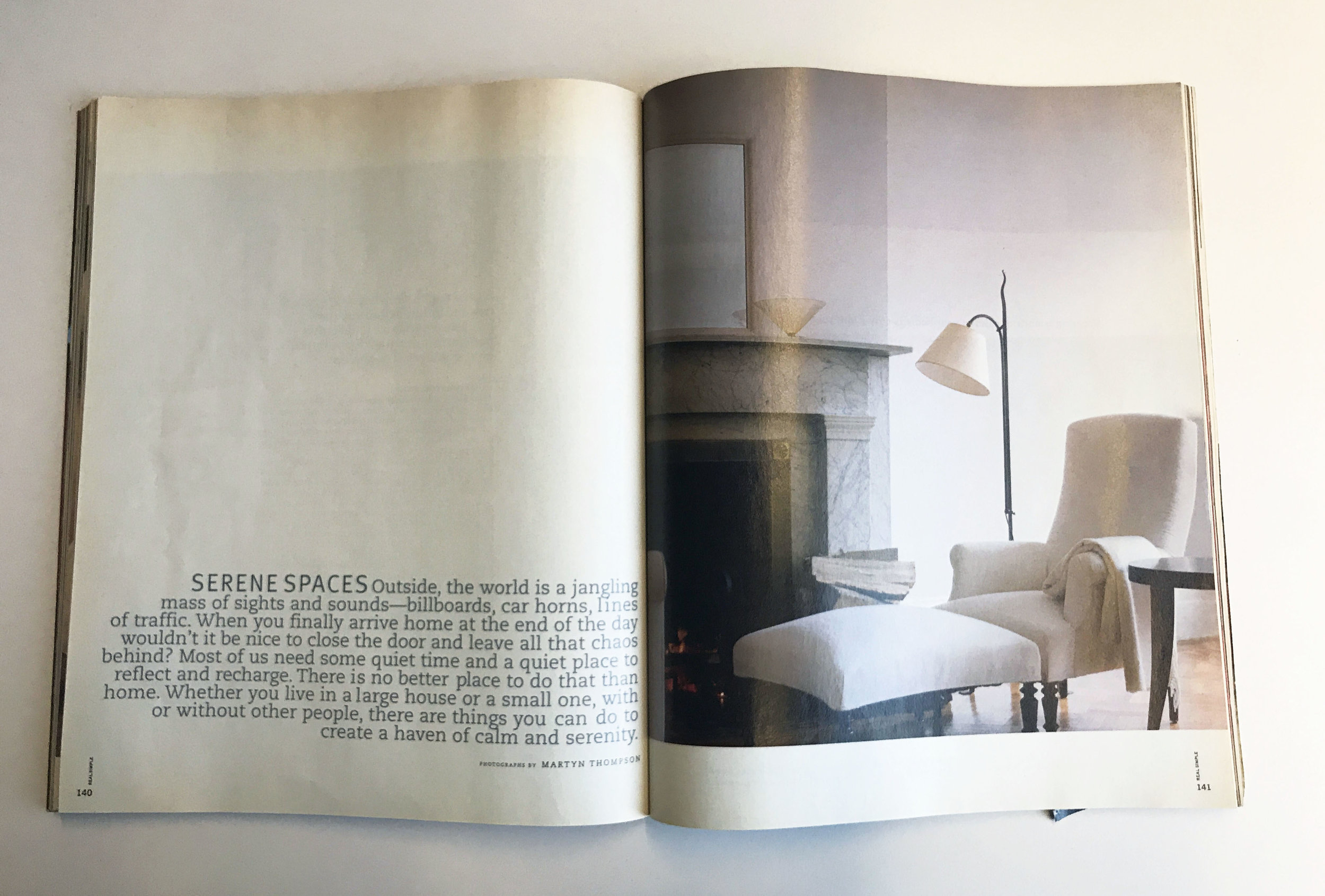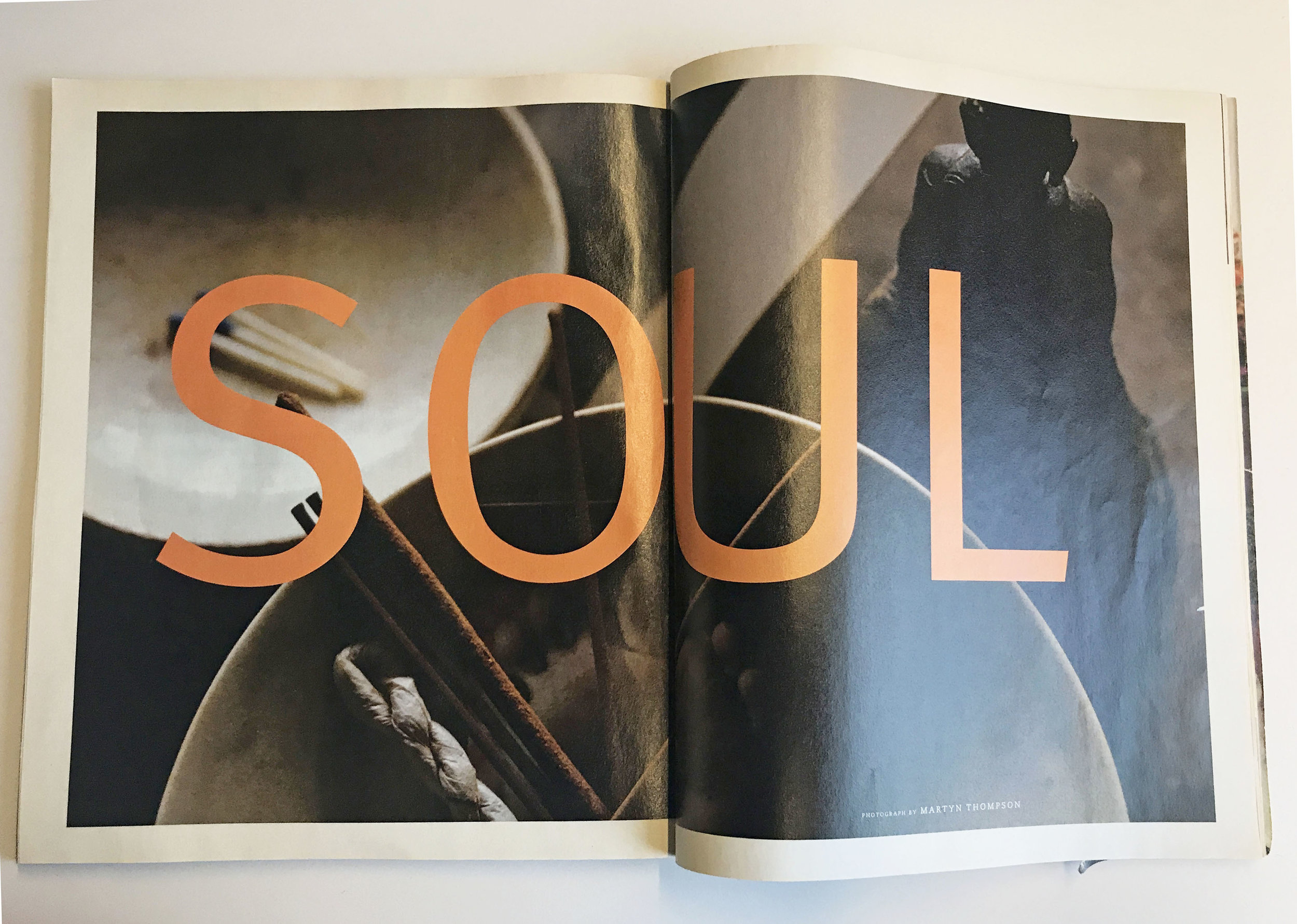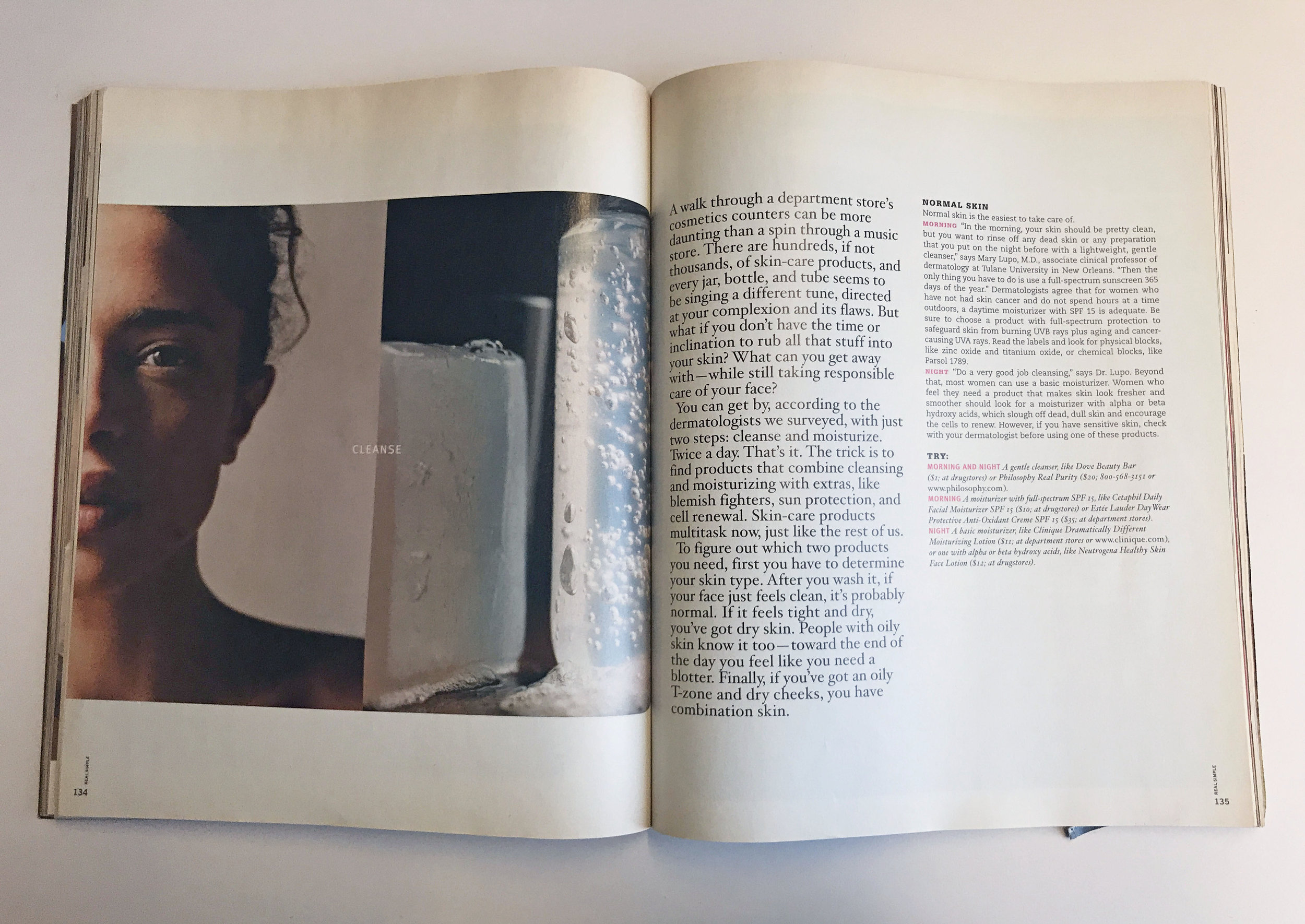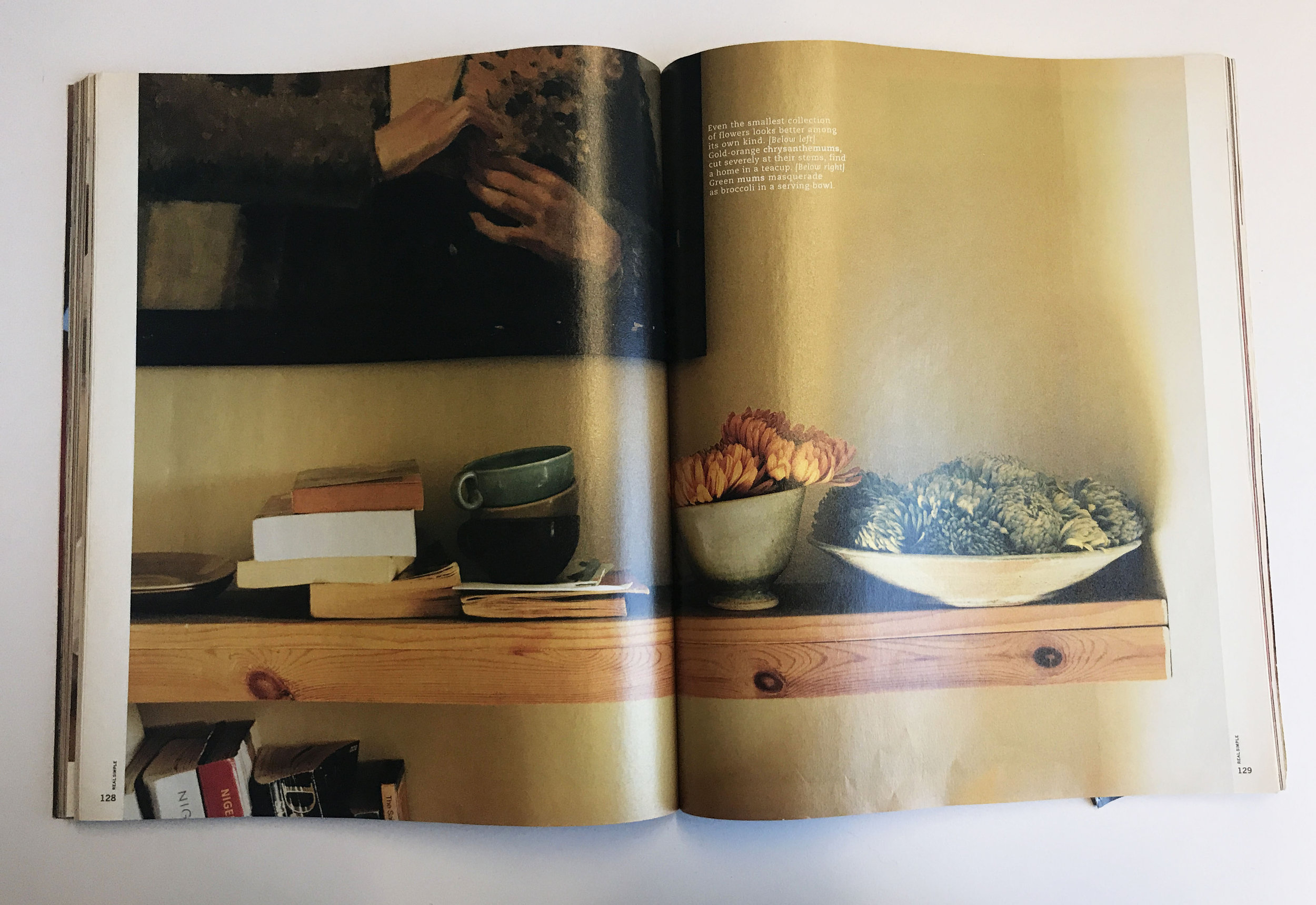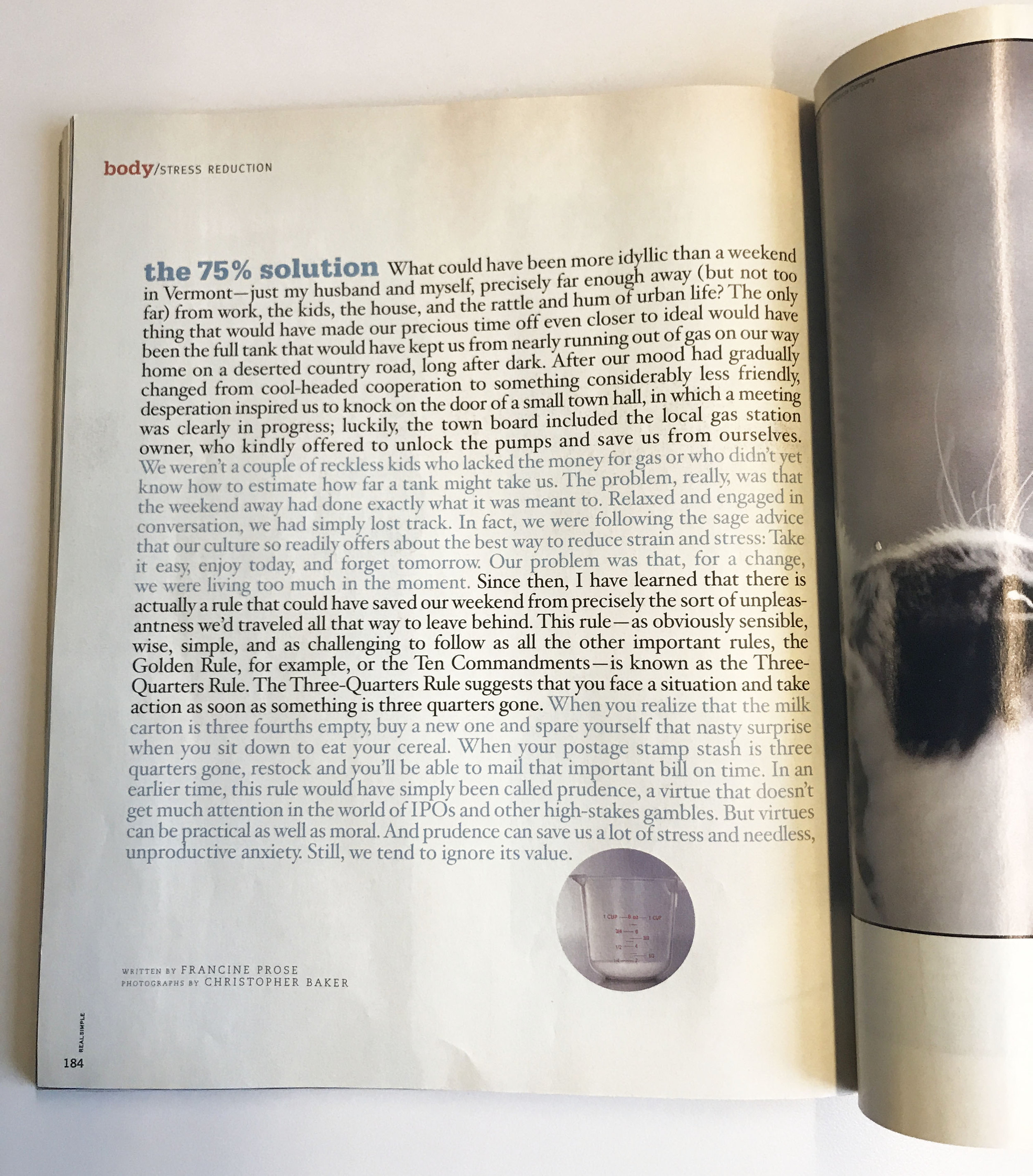Tom O'Quinn, Creative Director at Thrillist
/SPD: What year?
Tom O'Quinn: 1986
SPD: What were you up to?
TO: 15 years-old. Living in Red Deer, Alberta, dying my hair black and sneaking into punk clubs with my older sister in Edmonton. Keep in mind the legal drinking age in Alberta is 18, so it really wasn’t that big of a deal.
SPD: What magazine?
TO: SMASH HITS
SPD: What was it that so enthralled you?
TO: At that age, all you care about is defining your identity. SMASH HITS was a UK magazine but we got it in Canada as well. It was so much cooler than any American magazine available to me at the time and was really cutting edge in terms of photography and type. The subject matter was mostly popular British bands with some American stuff thrown in. Looking at it today it seems almost cute, but at the time it was very “insider”. I found my escape from small-town life through this magazine and also through MuchMusic and MusiquePLus, the Canadian equivalent to MTV. Toronto was where it was all happening back then…but I ended up in Vancouver and then Los Angeles before coming to NYC.
SPD: Do you know now who the creatives were?
TO: I have no idea, but it would be so interesting to talk to them. Patrick Nagel did Duran Duran’s Rio cover and had a huge influence on 80s design, so he was probably the first illustrator/designer that made me want to have a creative career. In the late 80s and early 90s, I started reading The Face, which was my second love…so Neville Brody was probably the first magazine designer I can identify who had an impact on me. And Vaughn Oliver of course for music packaging….
SPD: How does that inform your creative now?
TO: I tend to design big with lots of dramatic type and color… and then pull back. There was a period before magazines where I designed corporate annual reports, so I learned refined typography by reading The Elements of Typographic Style and by designing lots of financial charts printed on 100% cotton paper. My first Art Director job was with Out magazine, and that’s when I knew I loved working in pop culture and entertainment more than anything else. Now I am working 100% in the digital space, with a growing focus on video. So it some ways it’s come back full circle for me, using those initial inspirations of music videos to inform what I do now. Not a lot of typesetting beautiful paragraphs of copy anymore, but using type, image and motion to tell stories in different, exciting ways.
